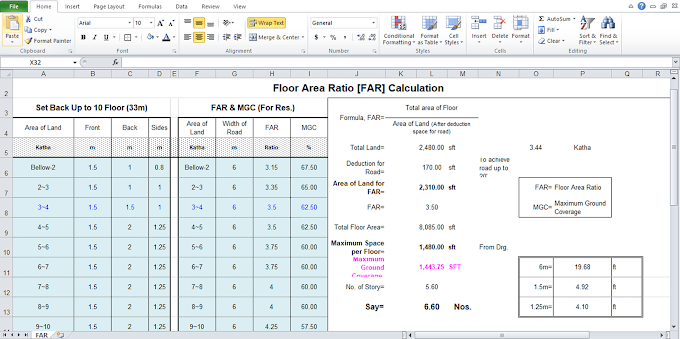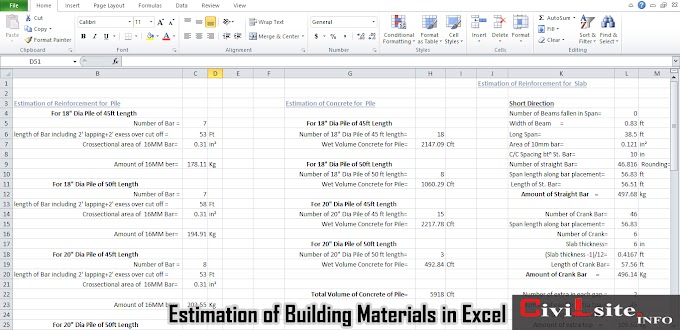In today's rapidly evolving construction industry, the demand for energy-efficient buildings is higher than ever. As architects, engineers, and developers strive to create sustainable structures, they face the challenge of balancing performance, quality, and cost. This is where Value Methodology (VM), also known as Value Engineering (VE), plays a crucial role. By optimizing building design through systematic analysis, VM ensures that energy efficiency is achieved in the most cost-effective manner. Here's how Value Methodology is transforming the way we approach energy-efficient building design.
Understanding Value Methodology in Building Design
Value Methodology is a structured approach that focuses on improving the value of a project by analyzing its functions and identifying opportunities to enhance performance while minimizing costs. In building design, VM is applied to evaluate and refine various aspects of a project, from material selection to system integration, ensuring that the final design delivers the best possible outcome in terms of energy efficiency and cost-effectiveness.
The Role of VM in Achieving Energy Efficiency
- Function-Oriented Analysis: VM begins with a detailed analysis of the building’s functions, such as heating, cooling, lighting, and ventilation. By understanding these core functions, designers can identify ways to reduce energy consumption without compromising the building's purpose. For instance, optimizing the orientation of a building to maximize natural light can significantly decrease the need for artificial lighting, leading to energy savings.
- Cost-Benefit Evaluation: One of the key principles of VM is to evaluate the cost-benefit ratio of various design options. This involves comparing different technologies, materials, and systems to determine which provides the best energy efficiency for the least cost. High-efficiency HVAC systems, for example, might have a higher upfront cost but offer substantial savings over the building's lifecycle through reduced energy consumption.
- Interdisciplinary Collaboration: Value Methodology encourages collaboration among all stakeholders, including architects, engineers, contractors, and clients. This collaborative approach ensures that innovative solutions are considered and implemented, leading to more effective energy-saving strategies. The integration of renewable energy sources, such as solar panels or wind turbines, often arises from such interdisciplinary discussions.
- Lifecycle Costing: VM emphasizes the importance of considering the total cost of ownership, including initial construction costs, operational expenses, maintenance, and eventual replacement. By focusing on lifecycle costs, rather than just upfront expenses, VM helps in selecting energy-efficient solutions that may have a higher initial cost but offer greater savings over time. This approach is particularly important in the selection of insulation materials, windows, and HVAC systems.
- Sustainability Goals Alignment: Many building projects today aim to meet specific sustainability certifications, such as LEED or BREEAM. VM ensures that the design aligns with these goals by incorporating energy-efficient technologies and sustainable design principles. This might include the use of advanced insulation materials, energy-efficient lighting, and water conservation systems, all of which contribute to reducing the building’s overall energy consumption.
Technologies and Design Principles Enhanced by Value Methodology
- Building Automation Systems (BAS): Through VM, the integration of Building Automation Systems (BAS) is optimized to control and monitor various building systems, including lighting, HVAC, and security. BAS can significantly reduce energy consumption by adjusting system operations based on real-time data and occupancy patterns.
- Energy-Efficient Lighting Solutions: VM helps identify the most cost-effective lighting solutions, such as LED technology coupled with smart controls like occupancy sensors and daylight harvesting systems. These systems adjust lighting levels according to the building's needs, reducing unnecessary energy use.
- Advanced HVAC Systems: Modern HVAC technologies, such as variable refrigerant flow (VRF) and energy recovery ventilators (ERV), are evaluated through VM to ensure they offer the best balance between energy efficiency and cost. These systems are designed to provide optimal indoor climate control while minimizing energy consumption.
- Passive Solar Design: VM promotes the use of passive solar design principles, which involve strategic building orientation, window placement, and shading to maximize natural heating and lighting. This reduces the need for artificial heating and cooling, leading to significant energy savings.
- Sustainable Materials and Insulation: The selection of materials is critical in energy-efficient building design. VM helps in choosing sustainable and high-performance insulation materials that reduce heat loss in winter and heat gain in summer, thereby lowering energy requirements for heating and cooling.
Conclusion
Value Methodology is a powerful tool in the quest for cost-effective, energy-efficient building design. By systematically analyzing and optimizing every aspect of a building’s design, VM ensures that energy efficiency is achieved without unnecessary costs. This approach not only reduces operational expenses but also contributes to environmental sustainability by minimizing the building’s carbon footprint. As the demand for energy-efficient buildings continues to grow, the role of Value Methodology in delivering cost-effective solutions will become increasingly vital.
By Sara Mohammad
Mechanical Engineer













0 Comments